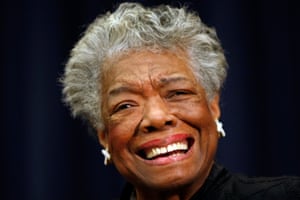 |
| Peter Way at school 1941. Photograph courtesy Radleian Society |
My hero:
My English Teacher by Andrew Motion
In his introduction and previously unpublished poem, the former poet laureate recalls how Peter Way, who died last month, nurtured his love of literature
Andrew Motion
Saturday 9 April 2016
I’ve yet to meet the writer who didn’t have an inspirational English teacher. Mine was Peter Way: Mr Way for five school years, then Peter for the next 40-odd. Our classroom paths first crossed when he began teaching me English at A-level in 1967. At that stage I had no great interest in literature (no one in my family had much time for books), and no expectation of going to university (no one in my father’s family had ever been); two years later, reading was at the centre of my life. This was his gift to me – and he gave it without ostentation, always speaking modestly and carefully, in such a way as to make poetry (in particular) seem an endlessly ingenious thing, but also as natural to the species as breathing. He lent me books from his own library, encouraged me to write my first poems, helped me to prepare for my university entrance and afterwards managed the transition from teacher/pupil to close friend/close friend. It’s no exaggeration to say that in certain ways he gave me my life – as I’ve also said in the poem that follows, which I wrote the day after his death on 30 March.
In Memory of Peter Way
My teacher, who reached down inside my head
and turned the first lights on. Who gave me Keats
to read, which turned on more. Who made me
read. Who made me write. Who made me argue
for the truth in things themselves. Who told me
manners maketh man. Who let me question
even the things he said himself were true.
Who gave my life to me, by which I mean
the things I chose and not inheritance.
Who showed a quiet voice can carry far.
Who took the gratitude I owed to him
and changed it into friendship. Who was kind.
My teacher, who died yesterday at peace –
his hardest lesson and the last of these.
and turned the first lights on. Who gave me Keats
to read, which turned on more. Who made me
read. Who made me write. Who made me argue
for the truth in things themselves. Who told me
manners maketh man. Who let me question
even the things he said himself were true.
Who gave my life to me, by which I mean
the things I chose and not inheritance.
Who showed a quiet voice can carry far.
Who took the gratitude I owed to him
and changed it into friendship. Who was kind.
My teacher, who died yesterday at peace –
his hardest lesson and the last of these.






